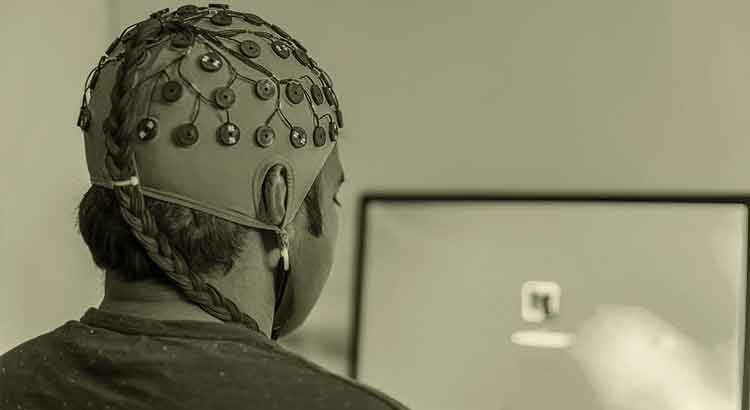I was pleasantly surprised to discover the conclusions that neuroscience has reached through encephalography. They all corroborate what, from experience, I have defined as the ideal working methodology. And there is much, much to conjecture… Neuroscientists tell us that, in the state of normal activity of the brain, when awake, there is a predominance in the emission of waves called beta, as well as in the execution of activities that require high concentration. On the other hand, in a state of relaxation, reflexive or meditative, there may be a predominance in the brain in the emission of waves of lower frequency, the so-called alpha waves. The most interesting—although it is not a novelty—is that neuroscientists have noticed a relationship between the emission of alpha waves and several brain manifestations, such as creativity. These observations come in support of the following theory: in art, there are two distinct moments of the creative process: ideation and realization. It is presumable that while realizing the work, the artist’s brain predominates in the emission of beta waves, since it is strongly concentrated on the details of what it is creating. It is not, therefore, the moment when the best ideas for the work will shine, if the observations of neuroscience are correct. Therefore, it is necessary for the artist to define a distinct moment to conceive them, or, in other words, to distribute the brain effort in stages in order to exploit it more intelligently. Neuroscientists have not said what I repeat: creativity does not function, in the brain, as the execution of precise tasks; this means that one cannot obtain immediate results and with the same regularity when stimulating it. But one can certainly stimulate it in a methodical way, letting it work in its own time. This is why for the artist whose routine regularly encloses semi-meditative states, creative explosions are very far from manifestations of God.
Neuroscience and Art
